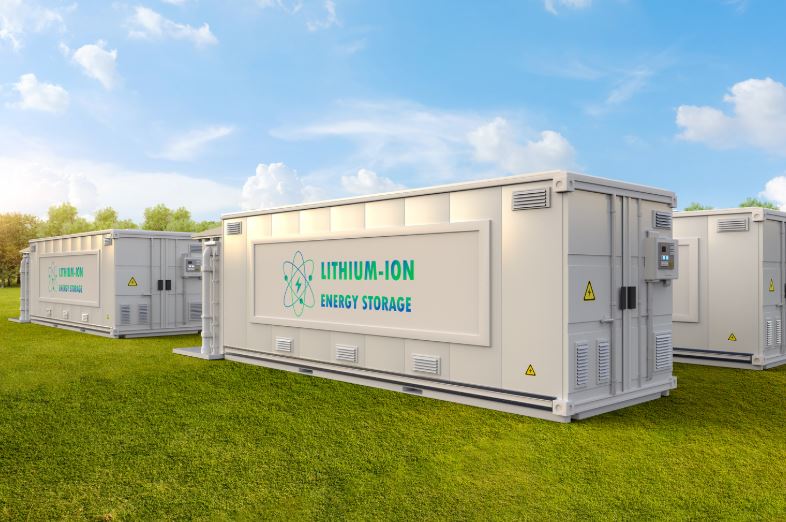India has launched a significant 1 GWh battery tender, marking a pivotal step towards bolstering its renewable energy infrastructure. This initiative aligns with the country’s broader goal of achieving 500 GW of renewable energy capacity by 2030. However, the path to realizing this vision is riddled with challenges that are substantial both in scale and complexity.
The tender emerges at a time when the global battery market is witnessing significant expansion. Global lithium-ion battery manufacturing capacity is set to quadruple by 2025. India’s initiative to expand its battery storage capabilities is thus in line with global trends, reflecting a need to secure energy storage solutions that can stabilize and support an increasingly renewable-based power grid.
Nonetheless, the tenders for such large-scale projects are not devoid of hurdles. Supply chain constraints, particularly in procuring essential minerals like lithium, cobalt, and nickel, present a significant obstacle. The World Bank has highlighted that the demand for these critical minerals could increase by nearly 500% by 2050 to meet global climate targets. This spike in demand raises cost implications and exerts pressure on the already tight supply chains.
Furthermore, technological advancements are crucial but pose a double-edged sword. While innovations may drive down costs and improve storage efficiency, they also necessitate substantial investment in R&D and infrastructure adaptation. Experts in the field argue that without advances in battery technology, achieving the desired scalability and cost-effectiveness will be challenging.
To address these issues, India not only needs to ensure a steady supply of raw materials but also must invest in domestic battery production capabilities. Collaborative efforts with countries possessing rich mineral deposits could be one solution. Moreover, fostering partnerships with technology leaders might expedite the development of cutting-edge battery technologies within the country.
In light of these challenges, policy frameworks and financial incentives will play a decisive role in attracting private investment and technological collaboration. Policy certainty can reduce risk perceptions amongst investors, while tailored incentives may help bridge the gap in initial financial outlays required for developing advanced battery manufacturing facilities.
Ultimately, as India strides forward with its 1 GWh battery tender, the focus on overcoming the dual challenges of supply chain logistics and technological innovation remains critical. By addressing these factors strategically, India can not only meet its battery storage needs but also position itself as a leader in the global energy transition.





